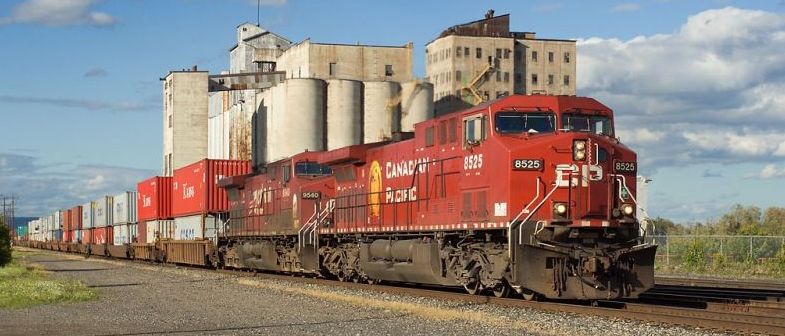
Train Addiction Help Line: 1.866.840.7777
MTH - O Scale - Premier Steam 4-6-6-4 Challenger w/Proto-Sound 3.0 & DCS - 3-Rail -- Union Pacific #3711 (black) (SKU 507-2034771)
Available On: January 1, 2012

The Challengers were steam power at its zenith. They incorporated all the technology that represented super-power steam, including roller bearings on all axles and drive rods - but none of the foolishness that characterized some of the desperate efforts to save steam in the post-war years. Most Challengers were assigned to freight duty, but a number were designated for passenger service, hustling 20-car trains across mountains and deserts to California and Oregon at speeds up to 70mph.
It was in a roundabout way that six Challengers ordered by the UP ended up hauling coal through the Appalachians for the Clinchfield Railroad. In the midst of World War II, the War Production Board refused the Rio Grande's request to order new articulateds of its own design from Baldwin Locomotive Works. Instead, the Board diverted the last six Challengers in UP's order to the Rio Grande - which turned up its nose at the locos and decided to lease them for the duration rather than buying them. After war's end, the Rio Grande returned the unwanted engines to the government. In 1947, the War Assets Administration sold the orphan locos to the Atlantic Coast Line and Louisville & Nashville Railroads, which put the Challengers to work on their jointly-owned subsidiary, the Clinchfield, Carolina & Ohio. Thus a group of engines intended to speed over western deserts and mountains ended up thundering through Appalachia.
Did You Know?
The UP apparently expected to get the remaining six Challengers they had ordered after the war - but the U.S. government, who owned them, stored them in Salt Lake City until striking the deal that sent them to the Clinchfield.
Steam DCC Features

$1399.95 US